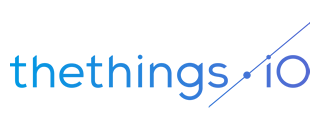thethings.iO launches their FREE IoT Cloud Solution
This past summer, thethings.iO was selected amongst some six hundred plus startups as the winner of the Wayra Weekend in Barcelona. Since then, we have moved to the Wayra HW at Telefonica Tower in Barcelona, as one of many emerging startups in the Wayra acceleration program. As an accelerated startup, we have had the opportunity to expand our knowledge and have enhanced our capacity to engage in new projects.
In the past, what we offered was limited to what we called the “social network of the ‘Internet of Things,’” but we have since then developed our own IoT Cloud Solution that is ready for launch. We are now offering back-end support for your cloud solution, a customizable front-end user interface, analytical tools, and guaranteed interoperability.
With the launch of thethings.iO IoT Cloud Solution, we will be better equipped to handle the IoT needs of developers, and are currently looking for new customers with things to connect. While we have already begun to foster a number of partnerships, we are excited to invite individual developers as well as IoT startups and companies to start their membership. We are offering free accounts for developers, providing the opportunity to try our services through the connection of three things.
In addition to the free membership, we are also offering a premium account. Developers and IoT companies who would like to continue with unlimited services can connect their things for 1€ per thing, per year.
If you are interested in creating a premium account, please contact us (hello at thethings.io) directly as we do not yet have a mechanism for accepting payments at the moment.
We can’t wait to see what you create!
thethings.iO team









